Study Confirms the Most Effective Reduced-Intensity Conditioning Regimens
By Adam Hochron
August 11, 2020
For non-Hodgkin lymphoma patients undergoing allogeneic hematopoietic cell transplant, reduced-intensity and nonmyeloablative conditioning are two popular treatment options.
A recent study looked at some of the more popular reduced-intensity conditioning regimens to see which are most effective in increasing non-relapse mortality and lowering overall survival.
Nilanjan Ghosh, MD, PhD, chief of the lymphoma division at the Levine Cancer Institute, told MD/alert that, in most cases, choosing a treatment was based on institutional preference rather than scientific data. 
“If the institution had experience with a particular regimen, that was what’s being used most,” Ghosh said. “If there were biases for physicians who were more familiar with a particular regimen, that’s what was being used. What we decided, therefore, was to look at the whole data set and look at the comparisons between the four regimens and see if this was the right way to do things.”
The four regimens studied were fludarabine-intravenous busulfan (Flu-Bu), fludarabine-melphalan (Flu-Mel140), fludarabine-cyclophosphamide (Flu-Cy), or fludarabine cyclophosphamide with two GY total body irradiation (Flu-Cy-2GyTBI).
The study included data on 1,823 patients. Results showed a 4-year adjusted overall survival of 58% in the Flu-Bu cohort, 67% in the Flu-CY-2GyTBI cohort, 49% in the Flu-Mel140 cohort, and 63% in the Flu-Cy cohort.
The researchers also noted a “significantly higher mortality risk associated with Flu-Mel140 compared to Flu-Bu,” and a higher risk of chronic GVHD compared to Flu-Cy. There was also a higher non-relapse mortality risk for Flu-Mel140 when compared to Flu-Bu.
Ghosh described the results as striking, especially when considering that Flu-Mel140 is among the most commonly used regimens but had the lowest overall survival and highest non-relapsed mortality. He said the results could have “significant implications” in patient care going forward.
“When we look at all the reduced intensity regimens, just because they were all labeled as reduced intensity, that doesn’t mean that they’re the same level of intensity,” Ghosh told MD /alert. “The one which had higher mortality and lower overall survival is considered by most as more intense within the spectrum of reduced intensity. So, it’s possible that when you are giving less intense chemotherapy prior to allogeneic transplant, which, by the way mainly relies on a graft versus lymphoma effect. When you’re giving a less intense regimen prior to that, you may have less damage to the body and less risk of developing any reason for mortality outside of disease causes, and that may be the reason why you have better outcomes with less intense regimens compared to more intense regimens.”
Barring a large randomized clinical trial proving otherwise, Ghosh said he was confident that their study results proved there should be enough to convince doctors to reconsider how they treat these patients.

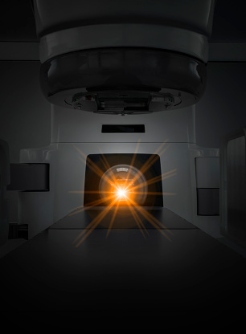
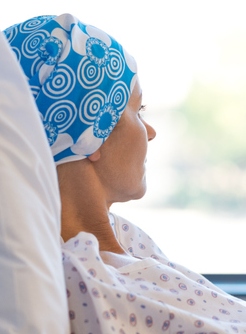
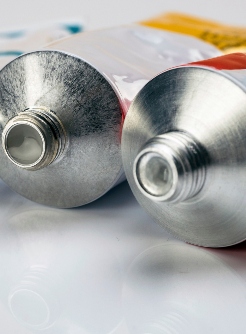
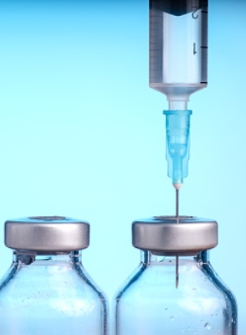



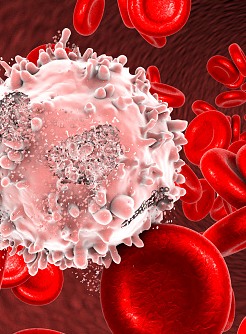
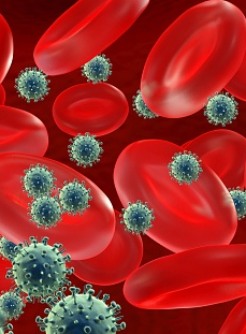




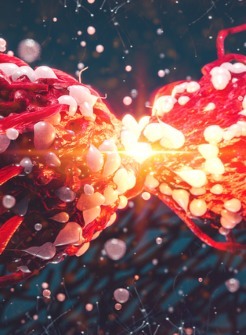
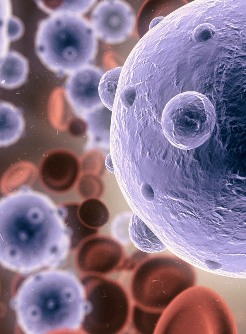
.jpg)





.jpg)



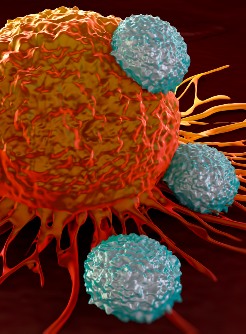


.jpg)
.jpg)
.jpg)
.jpg)
.jpg)
.jpg)
.jpg)

.jpg)
.jpg)